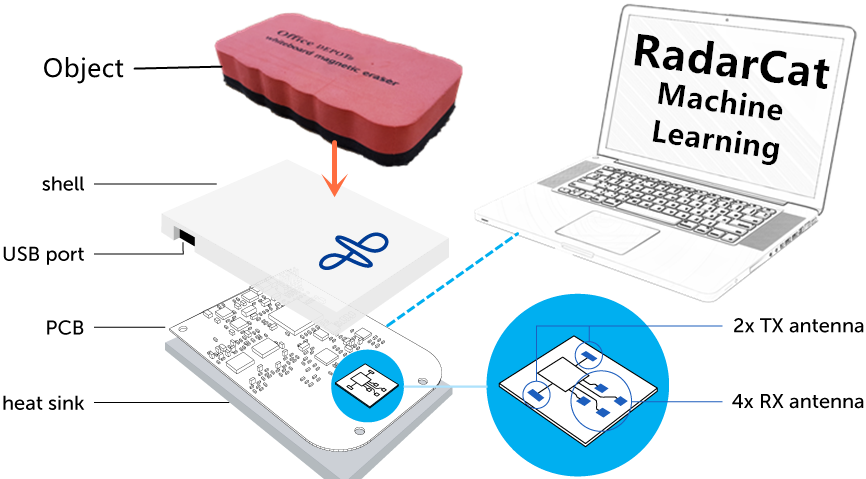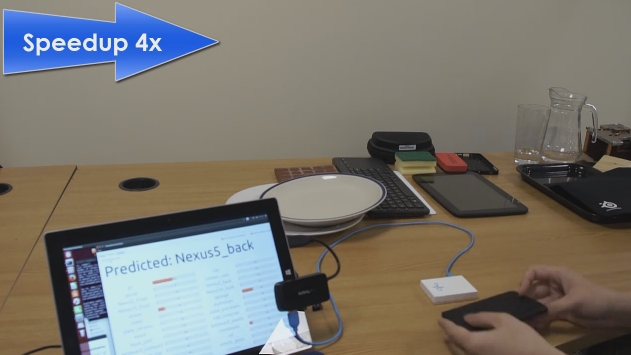Students from the University of St. Andrews have developed a computer that can not only determine what an object is made of, it can also identify said object.
At its core is Project Soli, a tiny chip developed by Google's Advanced Technologies and Projects (ATAP) group. The chip, which uses radar to detect subtle hand and finger movement, was designed as a unique way to interact with mobile devices.

While working with it, the students noticed that different materials produced unique signals. With a bit of machine learning, they were able to train the system to pull off some incredible tasks as seen in the clip above. They've dubbed their system RadarCat.
It's not difficult to envision how this technology could one day be put to good use. For example, it could be used at a recycling facility to better help sort garbage or even help visually impaired people better navigate the environment around them.
Found is a TechSpot feature where we share clever, funny or otherwise interesting stuff from around the web.
